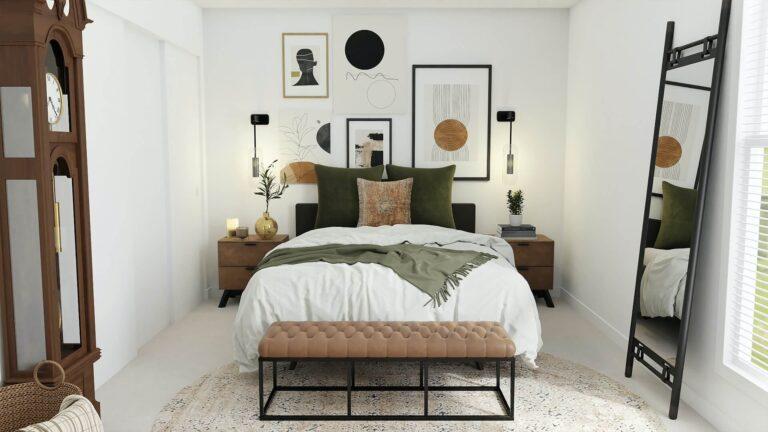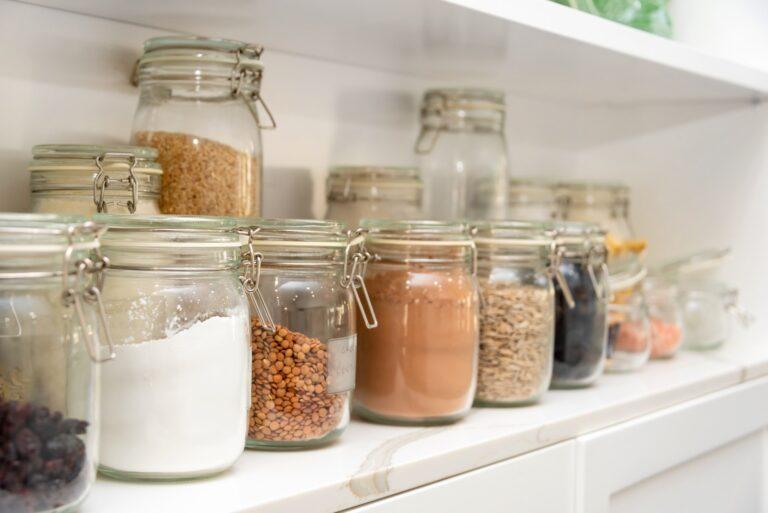How To Arrange Plants In The Living Room

Plants are the final piece that adds interest, character, and beauty to any living space which also packs many benefits to improve your overall well-being.
They can also add a lively and rich beautiful green color that pops out in any decor setting.
Whether you’re looking to purify and improve the room’s air quality, add a sense of calmness, or simply beautify the space with a natural and authentic appeal, incorporating plants in your living room is a fantastic decision.
In this article, I’ll show you exactly how to arrange plants in a room that embraces your style of decor and create a harmonious, comfortable, and trendy aesthetic.
Here’s how to go about it:
Table of Contents
Ways To Arrange Plants In The Living Room
Find The Perfect Spot
When arranging plants in a room, you’ll have to consider the available areas that will be suitable to place the plants.
Take a quick stroll around the room and look for areas that need attention.
There may be an empty corner that seems bare and lacking, a side table that could use a small pot plant, or perhaps a tall pot plant will look great next to the sofa.
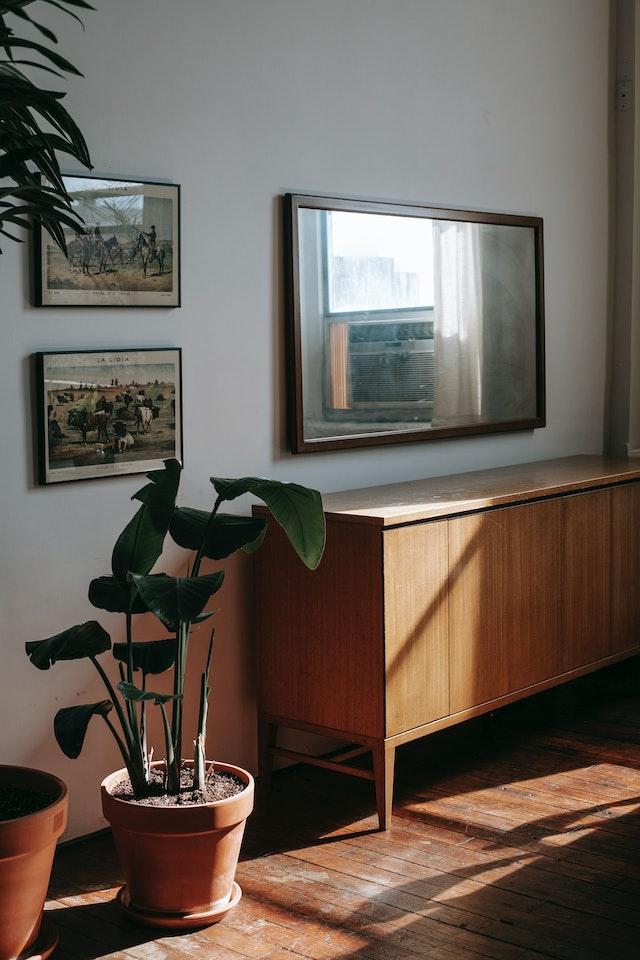
You’ll just have to take a close look to find that ideal area.
You could also browse online for inspiration to find a layout or arrangement that will suit your space just as well.
If you want to highlight a plant or area in the space, you’ll have to consider a few strategic locations.
Here are a few popular locations to put plants in a living room:
- Next to a sofa or couch
- Next to an accent chair
- In the corner of the room
- On the coffee table
- On a bookshelf
- Hanging by the window
This is especially so if you want to add a striking focal point to the space that immediately draws attention to a specific area of the room.
See also: Where To Put Plants In A Living Room? (Best Arrangement Ideas)
Consider The Lighting
Not all areas will be a suitable option to store and arrange plants.
One of the biggest factors to consider for real plants is the source of natural light.
If you place a plant in a cold, dark corner, this will make it very hard for the plant to thrive and survive.
There has to be adequate light and depending on the type of plant, this will indicate whether it needs to be placed in a cool, shady area, or warm sunny spot.
Another factor to look at is indoor lighting.
You could make the plants appear cozier and increase their aesthetic by positioning them near soft lighting.
This makes it ideal for a living room environment to ooze that soothing sense of warmth and comfort.
Surrounding Elements
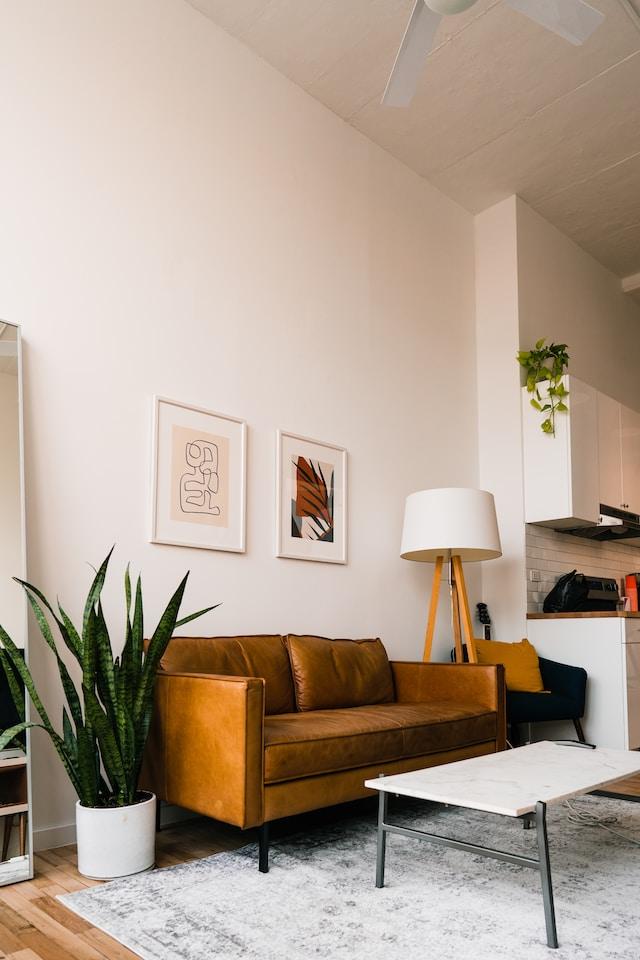
Here’s another essential element to consider when arranging plants in the living room.
Consider the surrounding elements to determine where the plants will look their best.
This could be the sofas, walls, furniture, and color scheme.
To ensure a well-balanced layout and style, this is essential as the height, size, and type of plant can affect the look of the space.
To illustrate this point, a tall, bulky pot plant may overcrowd a small living room space.
In this case, based on the size of the surrounding elements and room, it may be best to stick with smaller plants.
Spacing
This brings us to the importance of spacing.
When arranging plants, you must consider the spacing of the plants and the furniture around them.
To avoid the space from feeling crowded, leaving sufficient space between the plants will also allow them to grow and thrive as this will prevent the plants from competing for light and nutrients.
Create Variety Through Height and Size
Now here comes the interesting part.
Creating variety and interest through a mix of plants.
This can easily and quickly enhance the overall appeal of your decor with the layers of greenery in the space.
If you have the space to do so, having a mix of tall floor plants and small plants will be all the more interesting rather than just having one plant of the same size and height in the room.
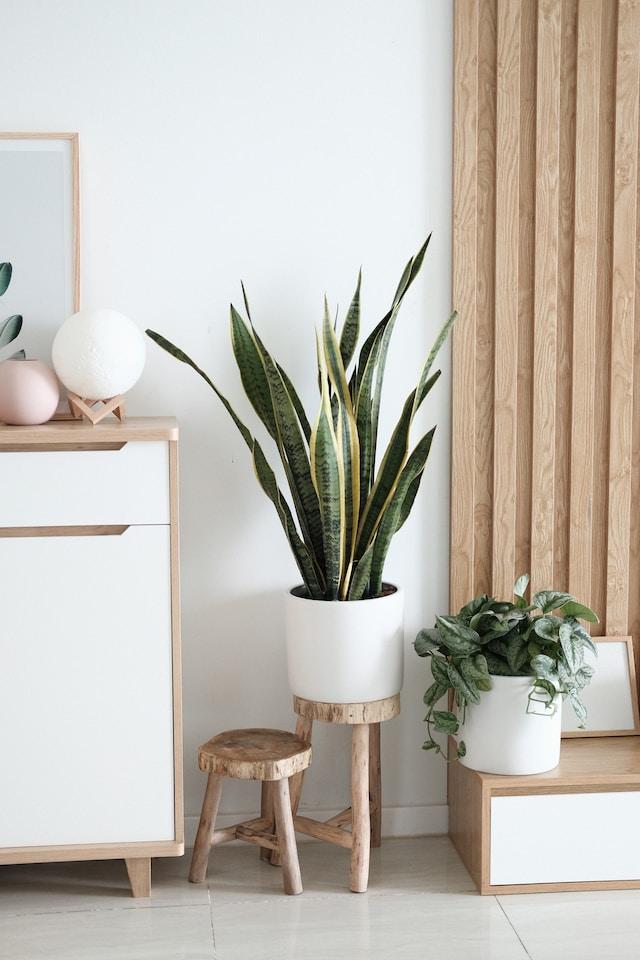
Group Similar Plants
A specific technique you can follow to arrange the plants is to create a grouping of similar plants as this portrays a clear and cohesive statement that looks pleasing and balances the space.
Having clusters of plants with similar shapes and foliage adds to the overall visual interest.
Also, organizing in such a way helps make it easier to care for and maintain the plants.
Play Around With Containers
Containers can make all the difference in whether a plant is noticed or not.
Sometimes, a beautiful plant can go unnoticed if it’s placed in a boring planter.
Consider how the containers and planters suit and complement your color scheme and style of decor.
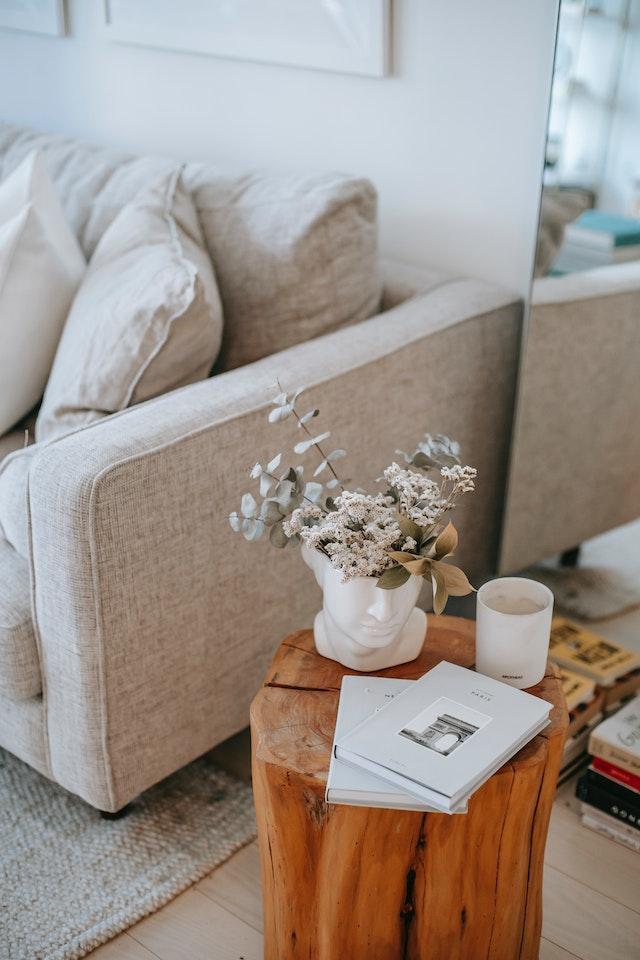
You can easily match your living room decor with the container you choose to use.
Ceramic, terracotta, or woven baskets are a few popular options at the moment that can make any space look even better.
Add Texture and Color
To bring a pop of color and texture to the space, play around with the colors, planters, and plants you choose to display in the living room.
Glossy leaf plants mixed with fuzzy foliage or variegated leaves will add a brilliant dose of visual interest to the space.
Flowers in particular can also be a stunning way to add rich color to the space.
Balance
Creating a sense of balance and harmony in the space is the key to a successful arrangement of plants in the living room.
Distributing the plants evenly, considering the size and height of the plants, the style of the containers, and the way the plants look with the rest of the surrounding elements will ensure a cohesive and well-balanced space.
In some cases, less is more and this will help avoid creating a jungle in your living space.
Essential Tips To Make Living Room Plants Thrive
Plants are a great way to bring life to a space but it does require proper maintenance and care. If you want to make sure your plants thrive indoors, here are a few essential routine tips you can follow:
Right plants – Choose plants that will survive in your living room. Spider plants, snake plants, and peace lilies are just a few options that can adapt well to any space. Having the right plants is the best place to start.
Lighting conditions – For plants to thrive, they need the ideal lighting conditions. Depending on the plant, you’ll need to make sure it has direct or indirect sunlight. Try catering according to the type of plant you have and this should ensure they last longer.
Temperature – Plants are quite sensitive to temperature and if your home has radiators or air conditioning vents, this may harm the plants. It’s best to make sure the plants are exposed to a comfortable temperature range.
Watering – A big mistake new plant owners make is overwatering the plants. Each plant has its own requirements so you’ll have to pay careful attention to how much water each plant needs. Also, consider whether there is a good enough drainage system that will ensure the roots do not rot.
Pruning – Pruning is the process of cutting and removing dead foliage so that the plant can maintain its shape. This helps with the overall growth and life of the plan. Keeping track of this can also promote better growth.
Pests – You might not expect to deal with pests but it’s bound to happen at some point with indoor plants. Inspecting your plants often can help remove the infestation and promote healthy growth.
Conclusion
Arranging plants in the living room can be an easy and simple process.
Selecting the right plants and positions to display them can elevate the overall appearance of your space and give it a fresh new look.
Every space will be different but you can easily work with what you have.
Become familiar and knowledgeable about the plants you have will help direct you towards arranging them in a location that not only serves the aesthetics of the space but will also help the plants to survive and thrive.
It’s a creative process so have fun with it.
Experiment, play around, and soon you’ll discover the best arrangement that creates a striking and beautiful style.
Related Posts:

